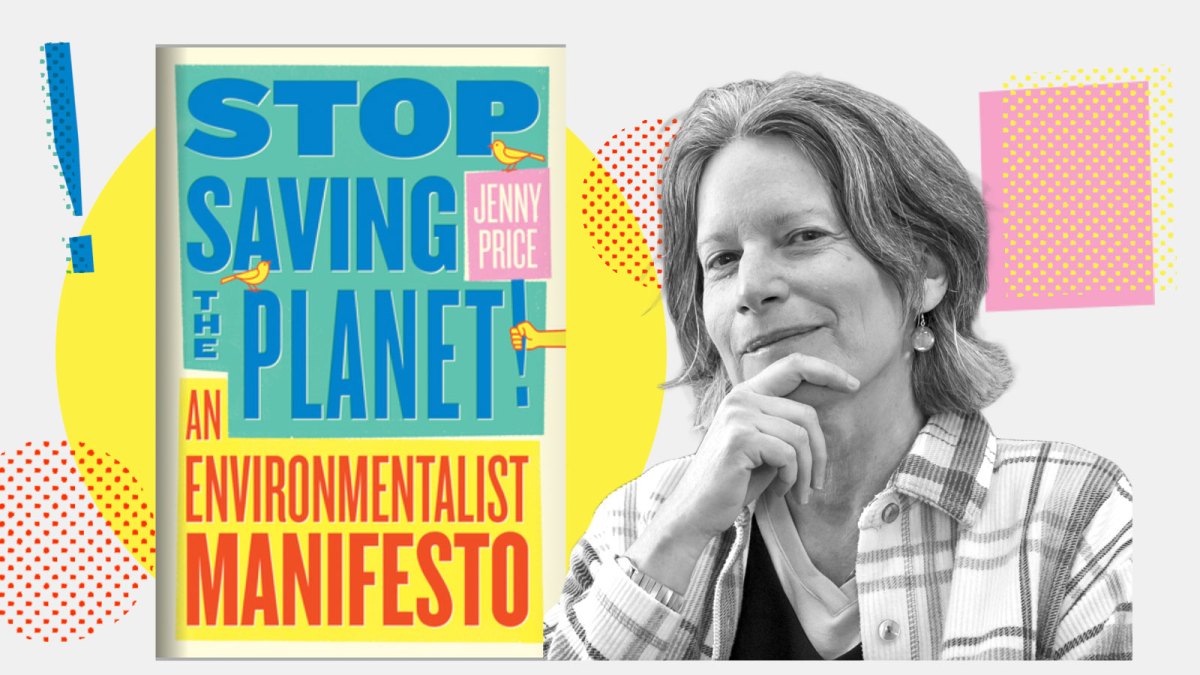Salva and the lost boys walked. They had not lost their way. What they had lost was their homes. They walked away from conflict and to what would keep them alive: water.
The Nile supplies water for farming and drinking to much of Northeastern Africa as the characters in A Long Walk to Water by Linda Sue Park learn. The plot of the novel centers on two young characters fleeing the Sudanese Civil War and quickly learning the importance of water amidst its scarcity. At the end, Nya and Salva’s paths cross as the giver and receiver of water.

A Long Walk to Water by Linda Sue Park
Salva walked to save himself. When tragedy struck, he walked. When conflict arrived, he walked. Based on Salva Dut, a real Lost Boy, Salva’s story highlights the reality for people in conflict ridden countries and the tough choices real life characters are forced to make when on the brink of survival.
Triggered by conflict over the role of Islamic law, the first Sudanese Civil War began in 1955 and lasted 17 years. The second Sudanaese Civil War began in 1983 and ended in 2005. The third civil war took place between 2013 and 2020. Conservative estimates suggest that almost 3 million people were killed in the civil wars, by disease, or by the resulting famine.
Approximately 20,000 boys from the Dinka and Nuer tribes became known as “the Lost Boys.” They were displaced and orphaned during the second civil war. Salva was among them. Salva, like the other “Lost Boys,” wandered across Sudan fleeing civil war, mostly ending up in Kenyan refugee camps.
Salva was a school boy daydreaming about the fresh milk that awaited the end of the school day when gunshots rang from outside. Salva’s teacher instructed the students to go “into the bush” to hide. For Salva, that was the beginning of years of uncertainty.
In that instant, Salva became one of the Lost Boys. “No more looking back” for Salva, instead he looked forward as he escaped from the civil war. Salva continued walking through the Akobo Desert, built canoes to cross rivers, and watched for dangerous animals and people. He spent years walking and almost a decade in refugee camps trying to find safety.

Map of Nile and its main tributaries in North East Africa
In the novel, water is often at the root of the characters’ precarious existence. When Salva encountered another group of travelers who had just run out of water, Salva needed to decide if he should prioritize his own survival or help others. Despite his uncle’s pleas, Salva gave some of his water to the thirsty travelers, the small amount reviving some of them.
Part of Salva’s journey involved determining the safety of the water he found. Water borne illnesses were and continue to be common in Sudan. Malaria and cholera are the number one causes of death in children. Years after Salva completed his journey through Sudan, Ethiopia, and Kenya, landing in New York, his father found and reached out to him. Salva’s father was thrilled to know his son survived, but he was suffering from a waterborne illness, not uncommon in Sudan. Salva’s journey and his father’s illness inspired him to start his non-profit Water for South Sudan in 2003. As of August 2022, this non-profit had drilled 571 new wells, providing clean water for over 325,000 people.
This isn’t just a story about the Lost Boys, but a comparison to the lives of the current communities still waiting for clean water access amidst continued conflict. Park crafted the fictitious character of Nya, in a parallel storyline to Salva’s, based on stories of real girls in Sudan and recipients of Water for South Sudan’s wells.
Water access is a tool of empowerment. Intertwined in Salva’s story is the story of one of the recipients of a well from his charity, Nya who spends her days getting water for her family, instead of in school. The plastic can she carried to and from the watering hole kept her family alive. Once a well with safe drinking water is built in Nya’s community, Nya is suddenly able to attend school. Access to water secured their lives, but better access to clean water promotes development and education. This is why the United Nations made access to clean water a sustainable development goal.
The UN recognized the importance of clean water for all because universal access to water means water will be much less likely to trigger conflicts or be used as a weapon. Clean water access also supports other development goals like education and gender equality, just like it did for Nya.
Salva inspires readers of all ages to persevere in the face of conflict. Park’s telling of Salva’s story takes a winding journey that confronts readers with challenges and highlights resilience. Park’s book acts as an educational tool. It is popular with American middle schools, where it is used to teach about the Sudanese Civil War, resilience, and the importance of water.
By teaching children about large human rights concerns from a young age, Park promotes awareness of non-western cultures, regions, and conflicts, while stressing the humanity of the children in her book.


 Grist / W.W. Norton / Igor Heifetz
Grist / W.W. Norton / Igor Heifetz










 Diksha Basu’s high-spirited first novel
Diksha Basu’s high-spirited first novel 




